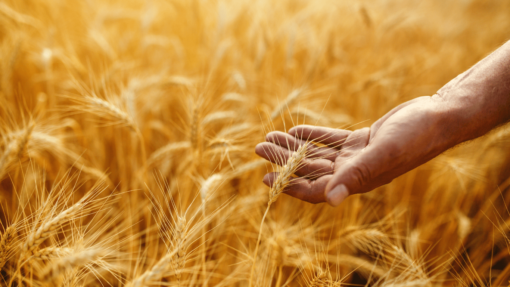Peanut production was up 4% in the United States in 2021, compared to 2020, as shown in Table 1. This was driven by strong yields nationwide of 4,135 lbs. per acre, just off the 2012 record of 4,211 lbs. per acre. Georgia – the largest peanut producing state – saw a 2% increase in production. This pushed the U.S. average up, as Georgia produces about half of the nation’s peanuts. The increased production comes despite a 5% decrease in peanut planted acreage nationwide. All three main peanut production regions saw declines in acreage, with the Southeast seeing a 5% decline driven by Georgia’s 7% dip.
Table 1. U.S. Peanut Production (thousand tons)
| State | 2016 | 2017 | 2018 | 2019 | 2020 | 2021 | % Change |
| Alabama | 310 | 352 | 286 | 261 | 319 | 311 | -2% |
| Arkansas | 55 | 77 | 56 | 86 | 91 | 88 | -4% |
| Florida | 277 | 319 | 282 | 295 | 281 | 296 | 5% |
| Georgia | 1,377 | 1,786 | 1,438 | 1,376 | 1,640 | 1,669 | 2% |
| Mississippi | 76 | 86 | 47 | 38 | 48 | 36 | -26% |
| Southeast | 2,095 | 2,620 | 2,109 | 2,056 | 2,379 | 2,399 | 1% |
| New Mexico | 11 | 13 | 8 | 8 | 7 | 14 | 99% |
| Oklahoma | 22 | 40 | 23 | 28 | 29 | 33 | 12% |
| Texas | 280 | 349 | 232 | 244 | 245 | 292 | 19% |
| Southwest | 313 | 402 | 263 | 280 | 282 | 339 | 20% |
| North Carolina | 175 | 240 | 190 | 224 | 212 | 248 | 17% |
| South Carolina | 170 | 236 | 136 | 118 | 139 | 139 | -1% |
| Virginia | 38 | 60 | 50 | 56 | 55 | 71 | 27% |
| Virginia-Carolina | 383 | 536 | 376 | 398 | 407 | 457 | 12% |
| US Total | 2,791 | 3,558 | 2,748 | 2,733 | 3,067 | 3,195 | 4% |
The strong production, however, has been combined with decreased use that is expected to increase peanut stocks. Peanut use is expected to decline by 4% this marketing year, primarily due to a 5% forecasted decrease in exports. However, food disappearance is expected to increase by 1% from 2020. Increases in consumption of peanut butter (5%), peanut candy (4%), and peanut snacks (3%) drove the domestic peanut food demand increase during the 2020-2021 marketing year, as shown in Figure 1. The peanut butter consumption increase follows the similar-sized increases observed the previous year, as demand has increased throughout the COVID-19 pandemic. Peanut stocks are expected to increase by 5% to 1.1 million tons, which is still a manageable level for the industry.
Figure 1. U.S. Peanut Food Consumption by Product and Marketing Year

Sawadgo, Wendiam. “Peanut Production Up in 2021 Despite Lower Acreage“. Southern Ag Today 2(13.1). March 21, 2022. Permalink











